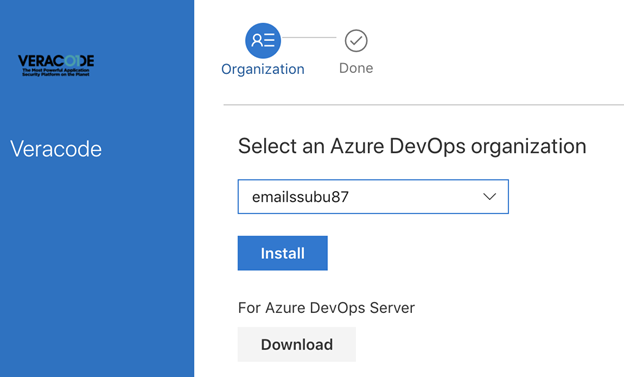This self-paced course will help you prepare for the Azure Developer certification exam AZ-204: Developing Solutions for Microsoft Azure.


Veracode enables you to scan software quickly and cost-effectively for flaws and get actionable source code analysis results. Veracode Security Code Analysis enables you to build software securely at the speed of DevOps, providing application security in development, the release pipeline, and production.

Veracode offers a holistic, scalable way to manage security risk across your entire application portfolio.
Veracode is the only solution that can provide visibility into application status across all testing types, including SAST, DAST, SCA, and manual penetration testing, in one centralized view.
Veracode makes writing secure code with designed-for-developer tools, API and workflow integrations, and tips for fixing vulnerabilities and make security a seamless part of your development lifecycle without sacrificing speed or innovation.
With DevSecOps, more of the security responsibility shifts to developers. Veracode gives you security solutions that integrate with your development tools, so security becomes an invisible part of your development process.
Veracode’s automated security tools deliver fast, repeatable and actionable results, without the noise of false positives. This tool integrates into existing development toolchains enabling you to quickly identify and remediate security flaws early in your process and without adding needless steps to the software lifecycle, so you can continue creating high-quality and secure software.

2. Once after we get the login details then we need to sign in to the below URL and then we may see this screen below.
https://web.analysiscenter.veracode.com/login/#/login

3. Once we log in, we have an option to create our own project for our demo analysis.


4. Once after we register the demo project , we will be able to see the below screen.




5. Now the next step is to create a API key from the Veracode and then add it as part of the CICD using Azure DevOps.

6. Click on the API Credentials and Generate the new code as part of the CICD process.

7. Now , our next step is to create an Azure DevOps Plugin from the Marketplace.


8. Next is to login to Azure DevOps and create a new CI pipeline and then include this Veracode task.


9. Next we need to create a new Service End point to integrate our Azure DevOps with Veracode.



10 . Now let’s start the CI pipeline and then the Veracode scanning will take place while during the CI pipeline.



11. Now when we go to the Veracode Screen, we can see that the scanning is happening there and once the scanning is completed, we can download the reports accordingly.


12. Now we can go to that view report and check the detailed analysis on that page, and we have also an option to download if needed as PDF.




Based on this report we can decide whether the code must go to release or not. This is the easy way to use the Veracode Static Scanning.
Contact us for any training related queries.

This self-paced course will help you prepare for the Azure Developer certification exam AZ-204: Developing Solutions for Microsoft Azure.